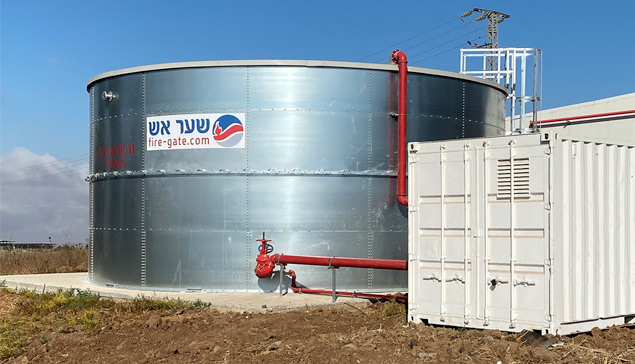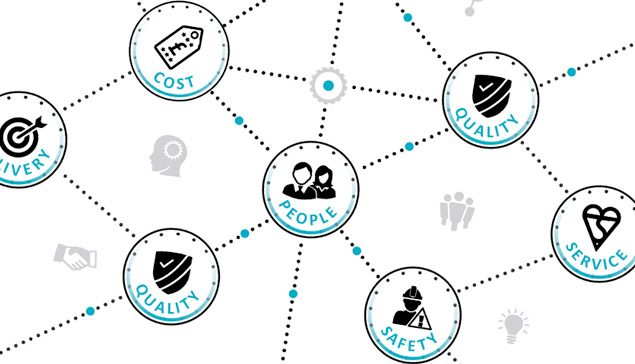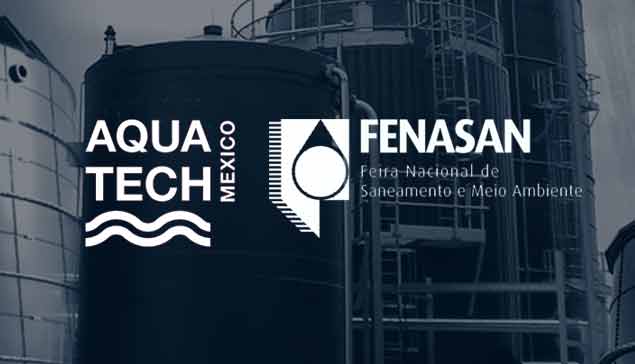
Commentary - January 2025
The impact of tank choice on scaling aquaculture
In recent years aquaculture has become the main global source of fish with farmed production exceeding the catch from traditional fisheries for the first time according to the UN. At the same time, seafood consumption is rising, driven by population growth alongside an increase in the global per capita annual consumption; indeed, since the 1960s per capita seafood consumption has more than doubled.
With the proportion of marine stocks fished continuing to fail to meet biologically sustainable limits, the scaling of most traditional capture fisheries will be difficult to do sustainably. Instead, investment in onshore aquaculture production will be critical, as will removing the legal and regulatory challenges that are faced by producers in some countries. Land-based production could even help to reverse the long-term overfishing trends that have been present since the 1970s.

The rise of recirculating aquaculture systems
Recirculating aquaculture systems (RAS) – where water is recycled and reused - have accounted for a small percentage of the onshore production market to date. However, seafood analyst company Kontali predicts that this could be set to change, with several large RAS facilities capable of producing over 2,000 metric tons of product annually expected to come online in the coming years.
While novel compared to net pen farming, RAS technologies are reaching the point of being well proven; through a highly controlled environment, producers can maintain excellent water quality and fish health leading to increased yields and improved efficiency. As the water is recycled and reused, the volume of water and amount of space required to intensively produce high quality aquaculture is significantly reduced, while the waste captured offers additional revenue streams from fertilizer and biogas.
With the technology in place and the model increasingly investable, the final test for increasing the global capacity of RAS to meet growing demand will be on the ability to construct new systems at pace. The choice of tank – one of the largest pieces of infrastructure in any RAS – is of paramount importance with many considerations to factor in including the species to be farmed, the site location and the longevity and production flexibility required.
RAS tank options
The most common tank materials are concrete, reinforced plastic and steel. While concrete is durable, it is most suited to smaller installations as it can be time consuming and costly to construct and difficult to attach pipework and RAS technologies to. Reinforced plastic tanks are also suitable for smaller installations (up to 3 metres in diameter) where weight and portability are more significant considerations but are the least durable option and can warp under excess pressure.
Steel tanks on the other hand offer durability and strong load-bearing capacity, making them suitable for large-scale aquaculture applications. These tanks can be manufactured in various sizes to meet diverse needs. Prefabricated in standard panel sizes and assembled on-site, tanks treated with fusion-bonded epoxy coatings help protect the substrate and minimise corrosion.
As well as the material choice, the actual design of the tank is important, and should be customised to suit the producer’s individual site requirements. Most sites will have varying structural loads, seismic activity considerations, and operational plans which should be incorporated into the tank’s design to optimise construction costs, operations and maintenance and tank longevity. Once manufactured, the steel panels are brought onsite, connected and sealed up to make a ring and then lifted into the air with a jacking system. This means the top is always built first to minimize working at height.
While steel tanks have several benefits, a unique feature for RAS is the flexibility they provide for the producer to increase capacity. Should additional capacity be required onsite, new steel panels can be manufactured and added under the existing rings. This has the benefit of expanding capacity without additional land and with minimal additional groundwork required. This feature will have undoubted appeal to project owners who are keen to prove the business case for RAS while laying the groundwork for swift scale up of operations in future years.
As the demand for sustainable, scalable aquaculture increases, coated steel tanks offer RAS owners several key advantages that can meet the market’s needs both today and tomorrow. Similarly, as the number of projects increases, simplicity, durability and an end-to-end solution will all be highly prized in helping the RAS market develop at pace.






